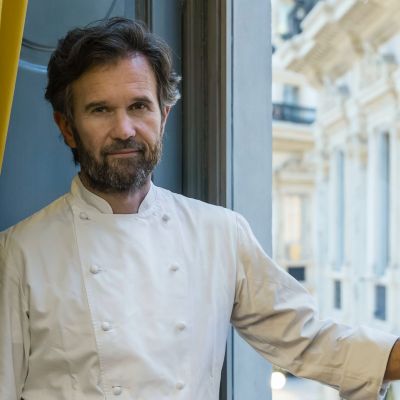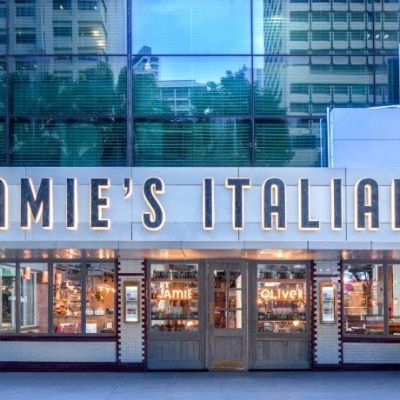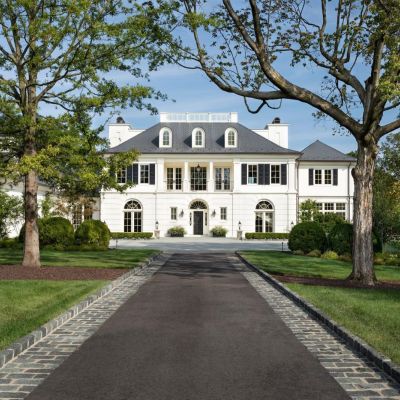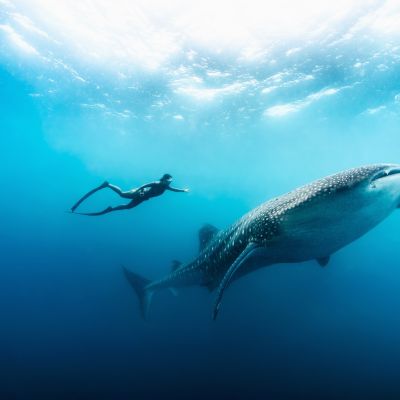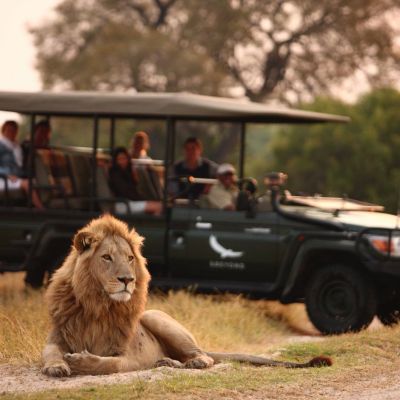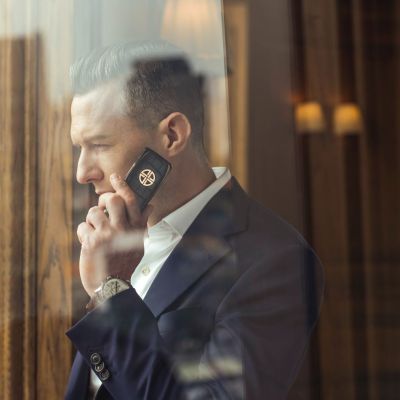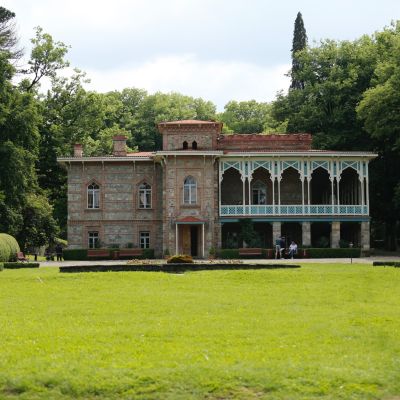How COVID Is Reshaping The Future Of Luxury
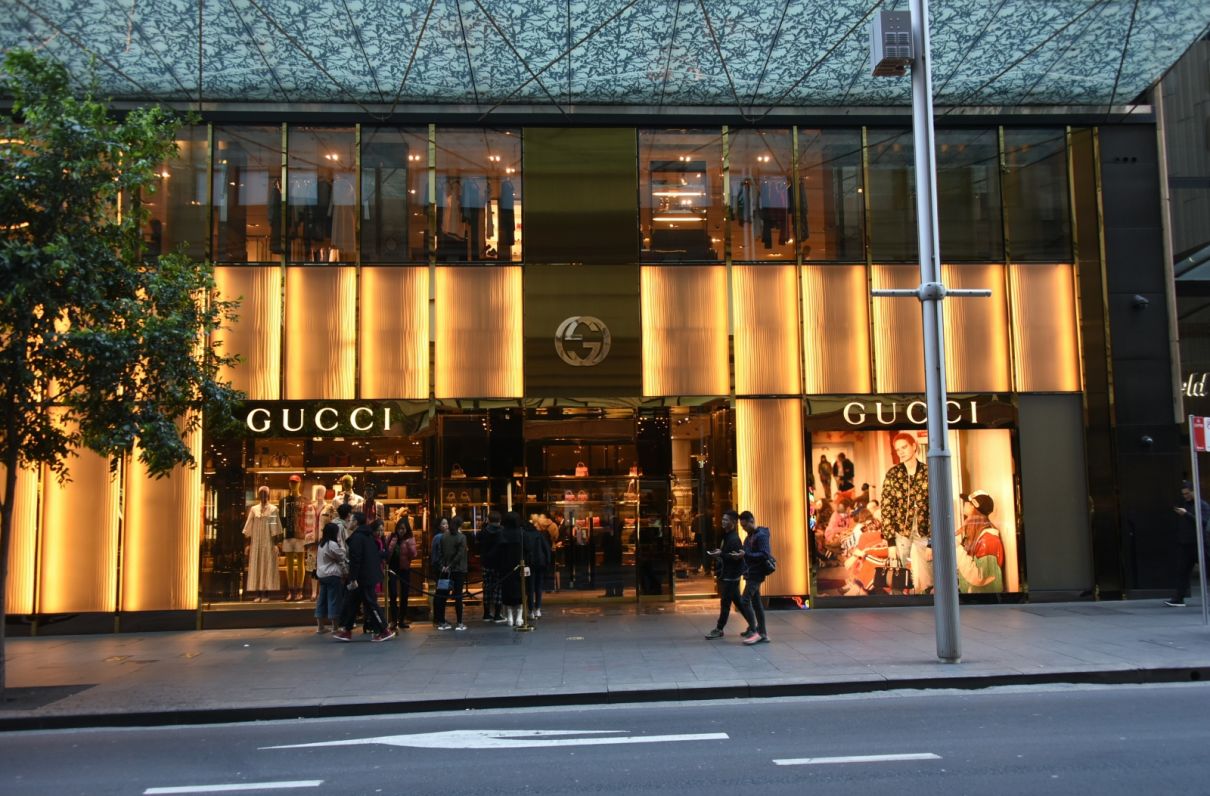
How will the luxury industry be forced to change in a post-corona world? Three veterans weigh in.
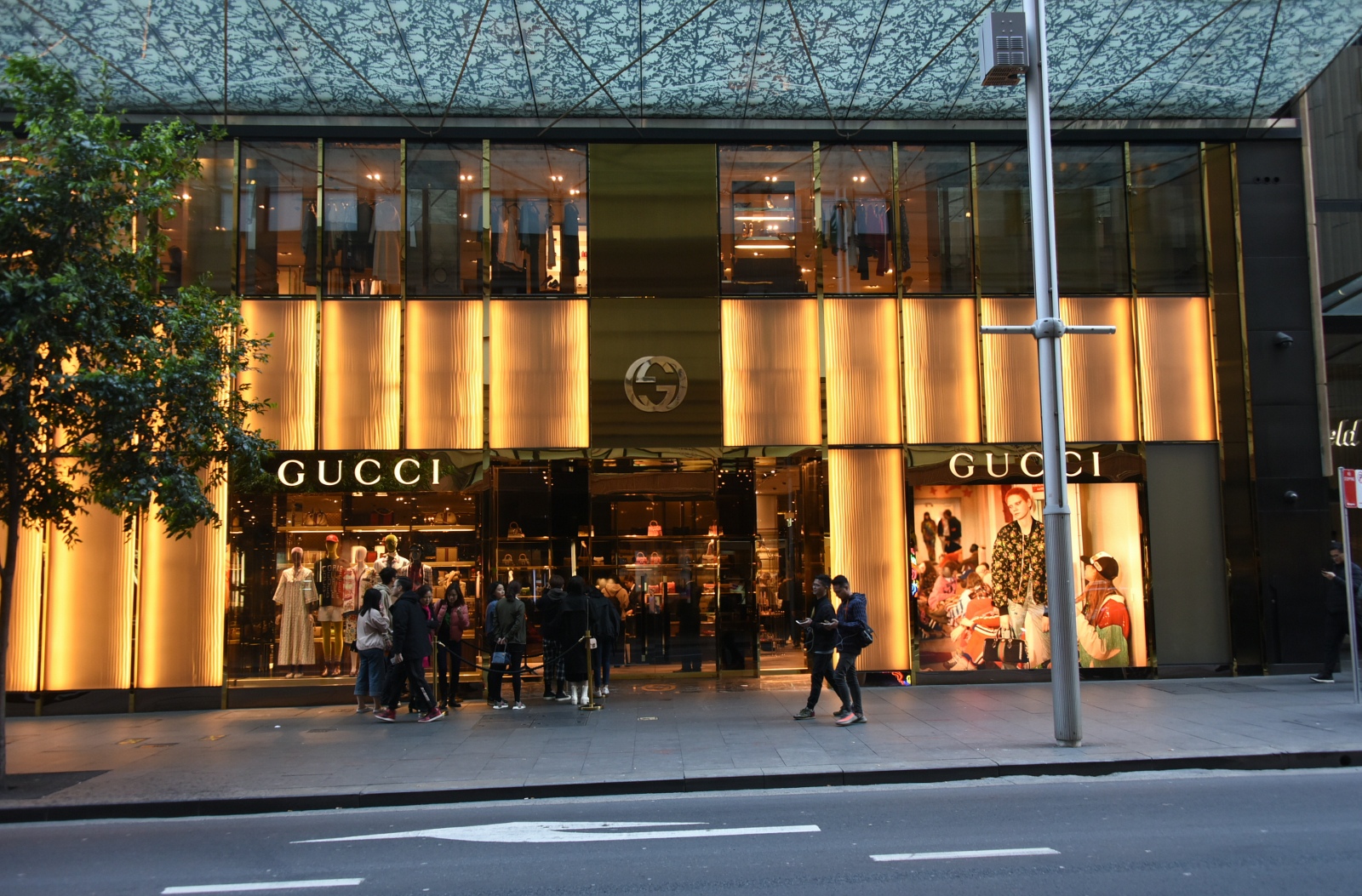
Last week Gucci and Saint Laurent became two of the highest profile luxury brands to eschew the fashion calendar's four-seasons-a-year rhythm, reducing collections to a bi-annual schedule. It will allow for greater time for “creative thought,” according to Alessandro Michele, Gucci's creative director. It will also – in theory - set a standard of greater sustainability and a movement away from the relentless pace of fast fashion which has led to the industry becoming one of the world's worst polluters.
And it goes without saying it will reduce costs for an industry which has been hammered by COVID, both from a supply and demand perspective.
According to a report from the Boston Consulting Group, if current trends continue, luxury goods sales will decline US$450 billion to US$600 billion worldwide from 2019 levels, a drop of up to 35 percent. That will be more significant than the global financial recession a decade ago. How will the industry adapt?
Post-COVID, luxury will be slower, more creative, and absolutely must be more sustainable, says British fashion designer Alice Temperley MBE, on a webinar panel hosted by 365 Aviation, a private jet charter company.
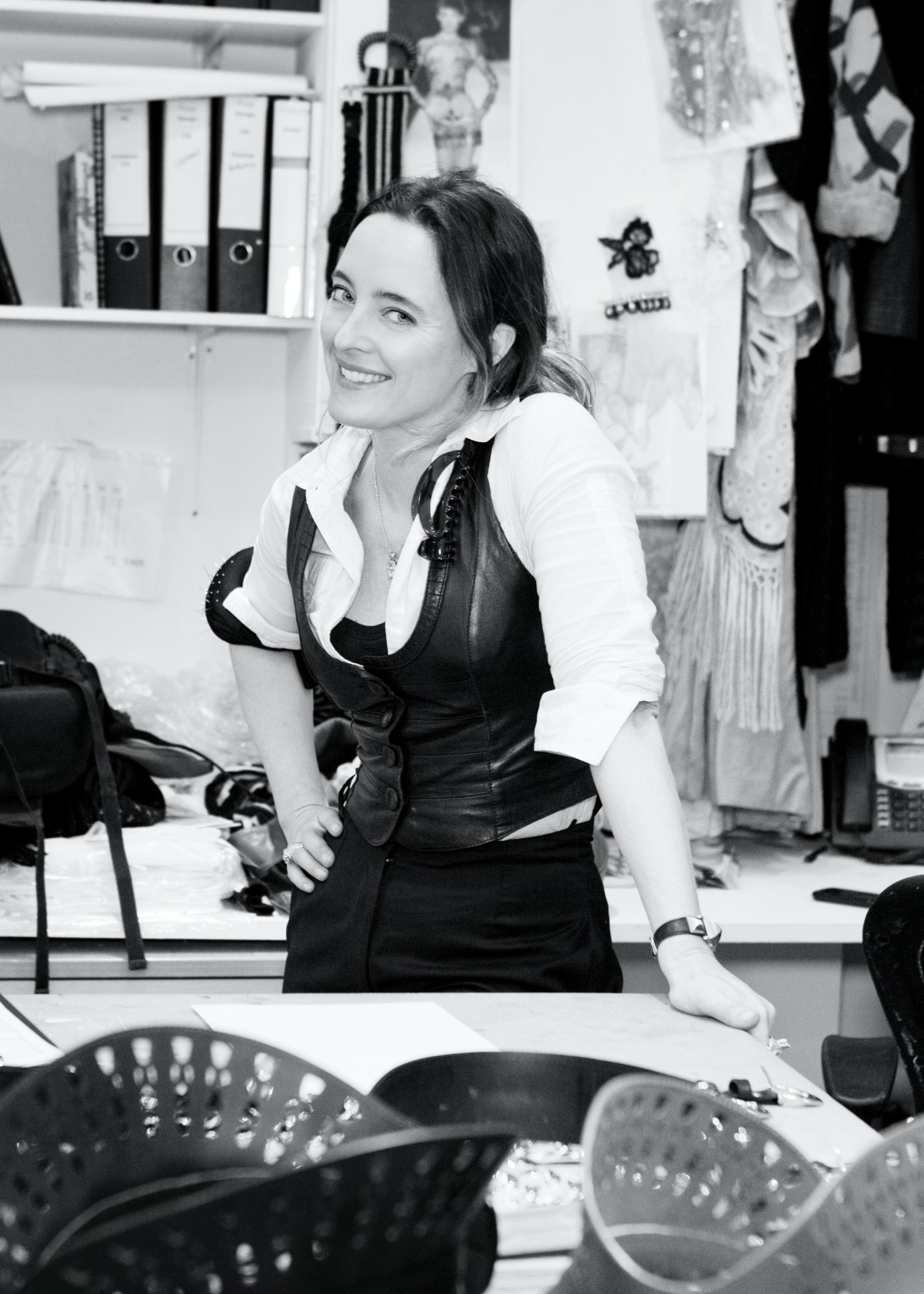
“There will be less collections, we’re not flooding people with product now," she said, referring to her own brand, Temperley London, which has been awarded the Butterfly Mark for positive luxury. She has recently brought back a heritage collection featuring pieces she designed many years ago but continue to be bestsellers, with a view to retaining the classics.
"Luxury became very un-luxurious as it was instantly being replaced by another thing. We were already questioning the cycle of how many collections we were doing, how many shows and events we were putting on. Buyers were flying around the world, four times a week, for fashion weeks. It was insanity, it was more like fast-paced high street fashion, not luxury," she explains.
"Going forward we will have some collections with a more attractive price point while still focusing on luxury, and halving the amount from 100 SKUs [stock keeping units] to 50 SKUs this year."
The art industry is also undergoing a shake-up. Traditionally more an in-person purchase than online, art and antiques buyers have been forced to move online as COVID makes physical viewings challenging. Freya Simms is chief executive of LAPADA, the association of art and antiques dealers, whose some-500 members include the Affordable Art Fair and Masterpiece Fair. An uptick in online sales - driven by COVID lockdown - is now reshaping the industry, she says.
"While historically with prints and paintings and jewellery and watches we have a good track record online, in the past, if people were buying furniture or sculpture they would want to see it in person. But now that is changing and we've seen an increase in sales of larger pieces." LAPADA has been helping certain bricks-and-mortar based clients to establish and expand their online presence over the last few months.
"Over 50 percent of sales of our clients are done at live events, fairs and shows, so that has put a lot of stress on how people can find new routes to market. But it has also created an opportunity for people to get more of their pieces online and getting more traction there," she says.
Luxury jewellery must also find a new groove, says Stephen Webster MBE, who founded his eponymous jewellery company 30 years ago. Known for his edgy, rockstar designs, he has been at the forefront of sourcing sustainable materials including gold and precious gems, in his industry.
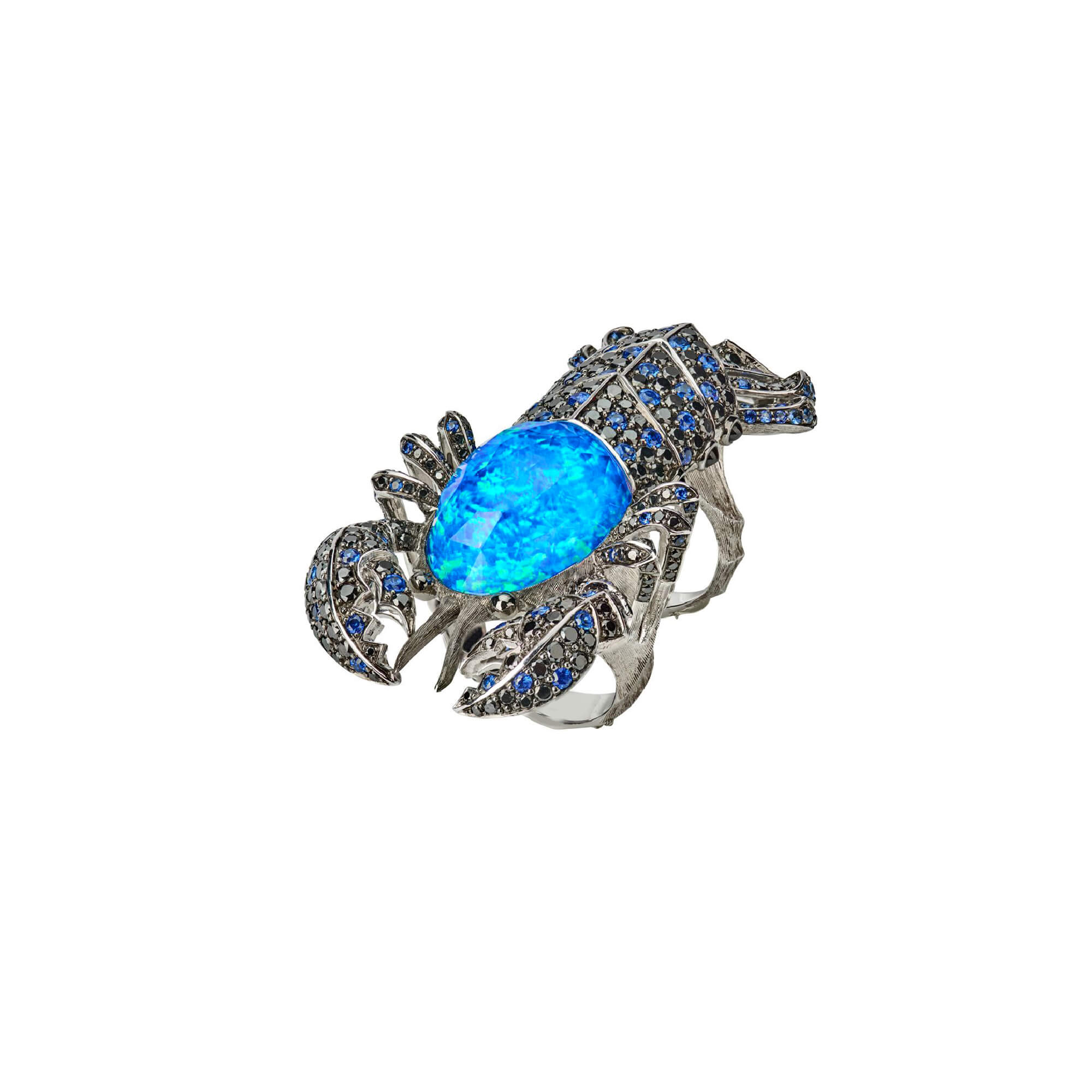
"We were already having many of these conversations - around transparency and responsibility in sourcing - although maybe we've been forced into addressing things quicker than we thought. Hopefully this will continue on the other end," he says.
He adds that the idea of "occasion jewellery" has been blown out of the water by COVID. " Now people's demands on their jewellery are higher as they want to wear it all the time, not just for a fancy night out. That doesn't mean it is ready-to-wear or not luxury, but the sense of 'the occasion', has been slipping for a while."
He adds that luxury will more than ever before, come back to being about exclusivity, authenticity and craftsmanship. It will also become more accessible, whilst retaining the 'code' of luxury. "A wider audience is what is will keep us all in business."
Temperley agrees that authenticity will be key going forward. Luxury should not just be about a commercial sale but a question of storytelling and appealing to a buyer's emotions.
"We have to, more than ever, tell our story more authentically, about the people behind it, the craftsmen doing the embroidery, the beautiful lace hand-stitched in Italy, we don't need to see brushed images we see in a magazine. We need tangible and real. The brands that do get through this need to be smart and remember the lessons we've learned."

